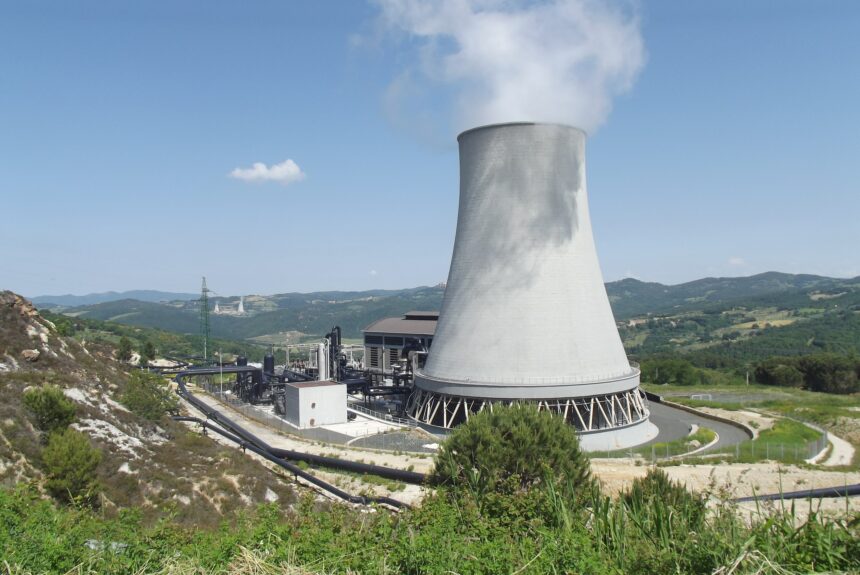America is at an energy crossroads. As we debate the future, an untapped power source is largely missing from the conversation. It isn’t wind, solar, or coal (although those are all good options). You receive partial credit if nuclear power comes to mind, but it comes with a twist. The unexpected source in question is spent nuclear fuel, and enough of it exists to power the United States for 100 years.
The only problem? The technology we need to unlock this power is not built at the right scale.
>>>READ: Let’s Remind Ourselves Again: Nuclear Energy Is Safe
Nuclear fast reactors built at a commercial scale would unleash new generation capabilities. These fast reactors are capable of “creating” more fuel from what was previously used to power traditional nuclear reactors and is now considered waste. The International Atomic Energy Agency explains:
“Fast reactors are a versatile and flexible technology that promises to create or ‘breed’ more fuel by converting nuclear ‘waste’ into ‘fissile’ material. ‘Fissile’ material is nuclear fuel, usually uranium or plutonium that can sustain a fission chain. The heat generated by that fission chain reaction, contained within a nuclear power reactor, is used to produce steam, which then spins turbines to produce electricity. Since fast reactors ‘burn up’ or consume material that would otherwise be considered ‘spent fuel,’ the total volume of nuclear material that needs to be handled as waste is reduced.”
Is this new technology that simply hasn’t yet reached the right scale for widespread implementation? Not exactly. A United States government research lab pilot started operating such a reactor that would recycle nuclear waste in the 1960s. But, like all good things, politics became a technological downfall. Funding for the pilot from Congress was yanked in the 1990s, and since that point, no such reactor has ever been built at commercial scale.
However, our current national conversation on energy suggests a promising future for fast reactors. More and more environmentalists are coming to realize that nuclear power is an essential part of our clean energy makeup. Alongside that recognition is a renewed interest in fast reactors and the adaptations that address former technological and other challenges.
“The development of the first commercial fast reactors in the U.S. also suffered from cost overruns,” explained Jess Gehin, associate laboratory director for the Idaho National Laboratory. For many years, cost was one prohibiting factor keeping fast reactors from scaling. Today, startup companies like Oklo and TerraPower are working to do what the market does best – make technology better and more affordable.
Talking about the future of nuclear fast reactors, Caroline Cochran, co-founder and COO of Oklo commented:
“We are proud to be selected to accelerate the commercialization of advanced fuel recycling and development and bring clean power to market quickly and cost-effectively…When your fuel is millions of times more energy-dense than alternatives, that’s a key enabler to deliver the cheapest forms of clean power available to humanity.”
>>>READ: One Innovative Nuclear Fuel Company
An abundance of cheap, clean power would certainly set our nation up for a bright future, and we have abounding untapped power here in America. Spent nuclear fuel is waiting to be put to use. All we have to do is develop the entrepreneurial will to get the technological ball rolling up to scale.
Kelvey Vander Hart is a native Iowan, a member of the American Conservation Coalition, and a communications specialist at Reason Foundation.
The views and opinions expressed are those of the author’s and do not necessarily reflect the official policy or position of C3.
